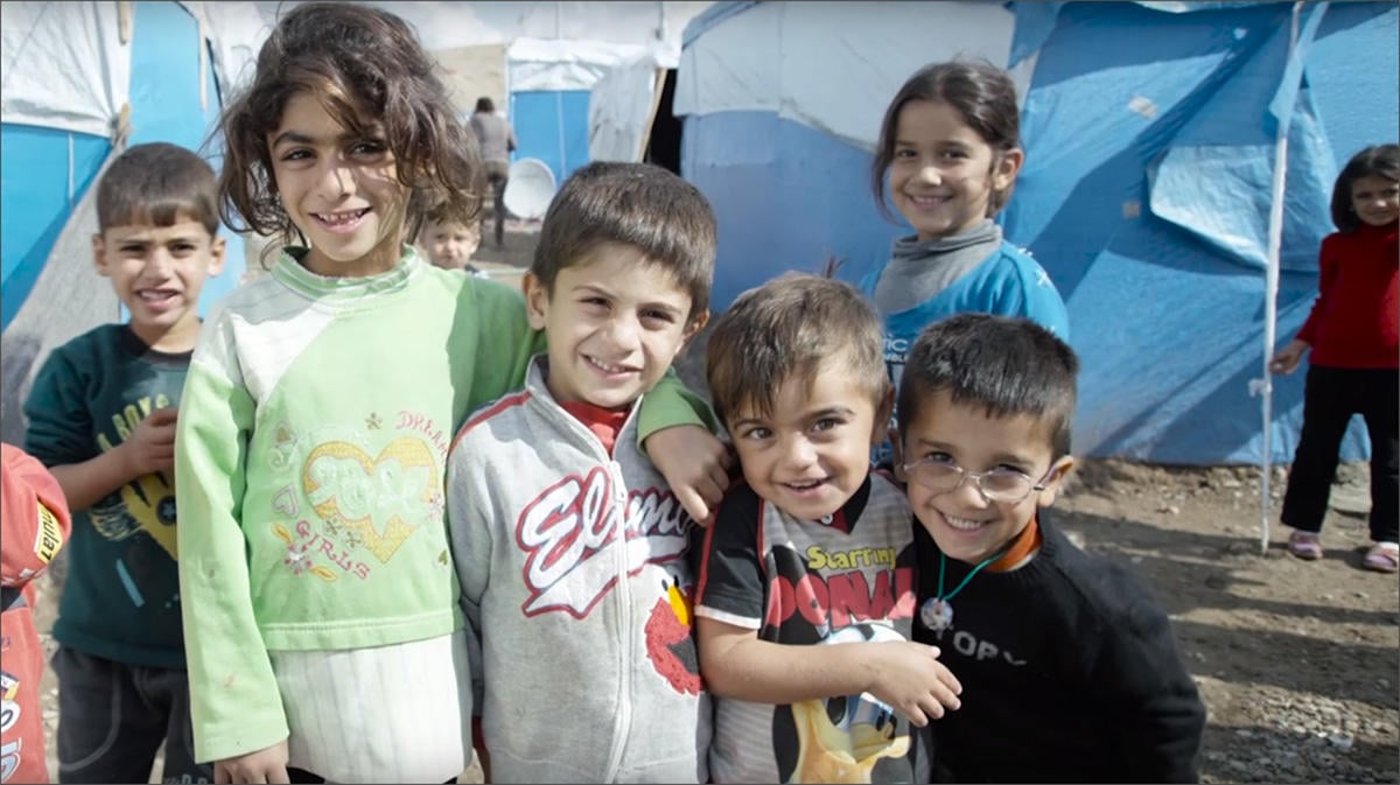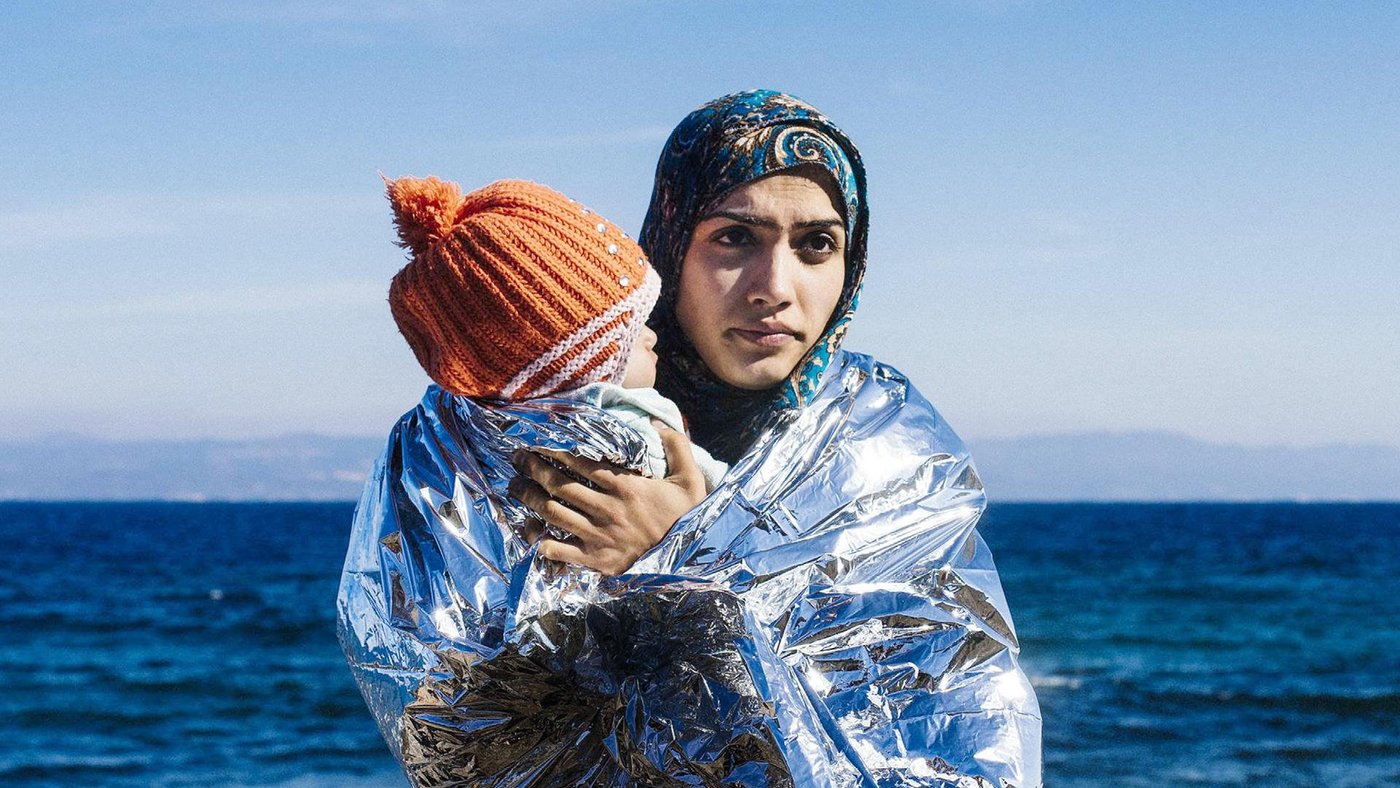The increase continues
The trend of rising displacement figures, starting in 2013, persists. Not since World War Two has the number of people fleeing their homes reached such staggering heights. In comparison, the total figures in 2006 were at just above 35 million.
Simultaneous, colossal humanitarian crises are the hallmark of today’s situation. Half of all new internal displacements in 2015 occurred in three countries alone - Syria, Iraq and Yemen. The outlook of political solutions to the crises in these countries is not bright. At risk of becoming deadlocked and prolonged, these crises may cause enormous human suffering and unpredictable political consequences.
Africa: Conflict and El Niño
In Africa, displacement figures are stable, but high. This is mainly owing to the lack of political solutions after years of violence. Several conflict-ridden African countries have also been severely affected by the El Niño weather phenomenon. Causing drought and food shortages, El Niño increases tensions in vulnerable states that lack the resources to meet the challenges.

Simultaneous, colossal humanitarian crises are the hallmark of today’s situation.
Displaced by crime
Human smuggling and human trafficking are billion-dollar industries. Cynically exploiting people forced to flee, they fund armed groups and destabilise states. In Central America, violence related to drug trafficking directly forces people to flee their homes. Many of them are children fleeing the violence of criminal gangs.
65.3 million people forced to flee is a record high. But there is also a record gap between humanitarian needs and the resources available.


